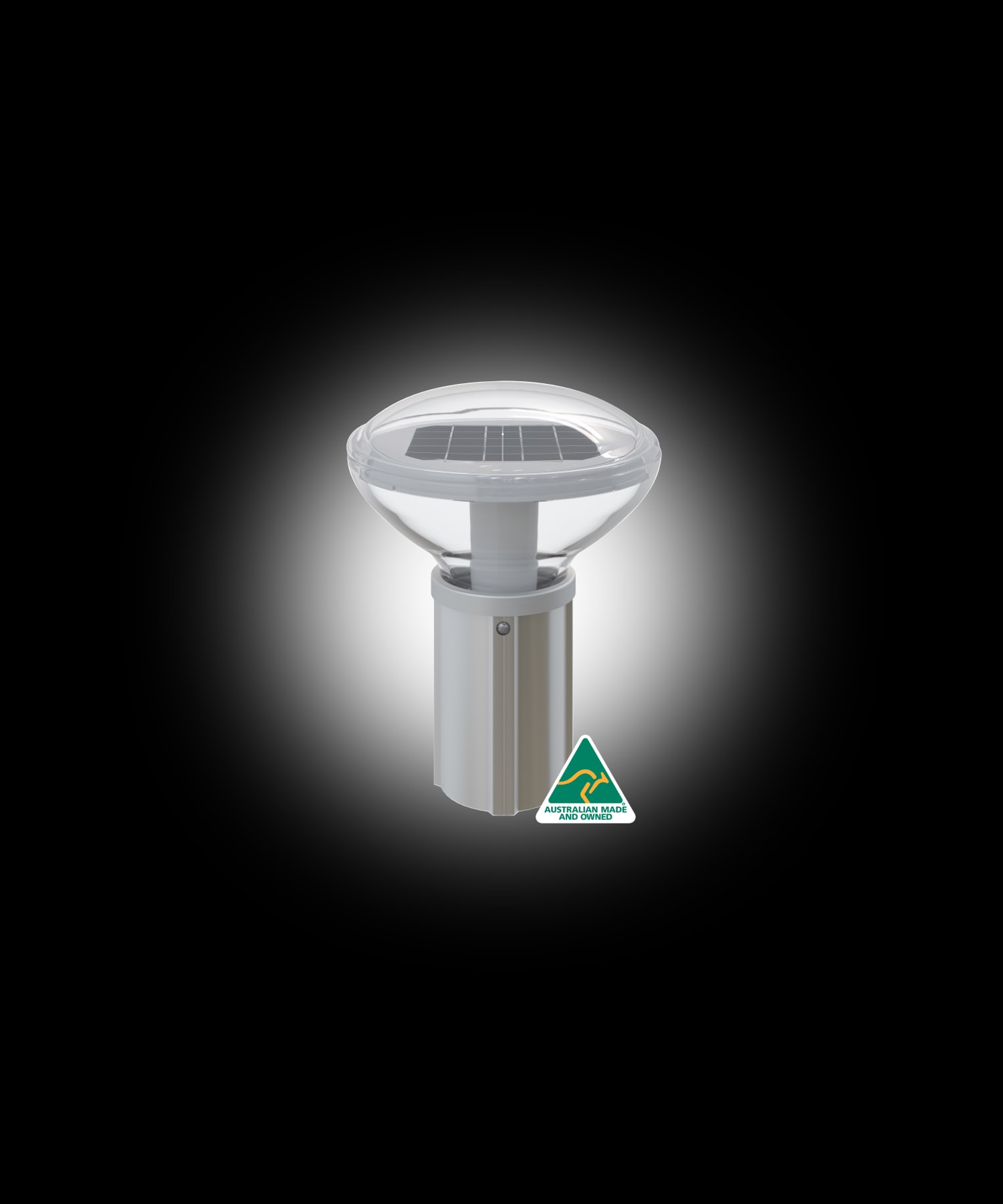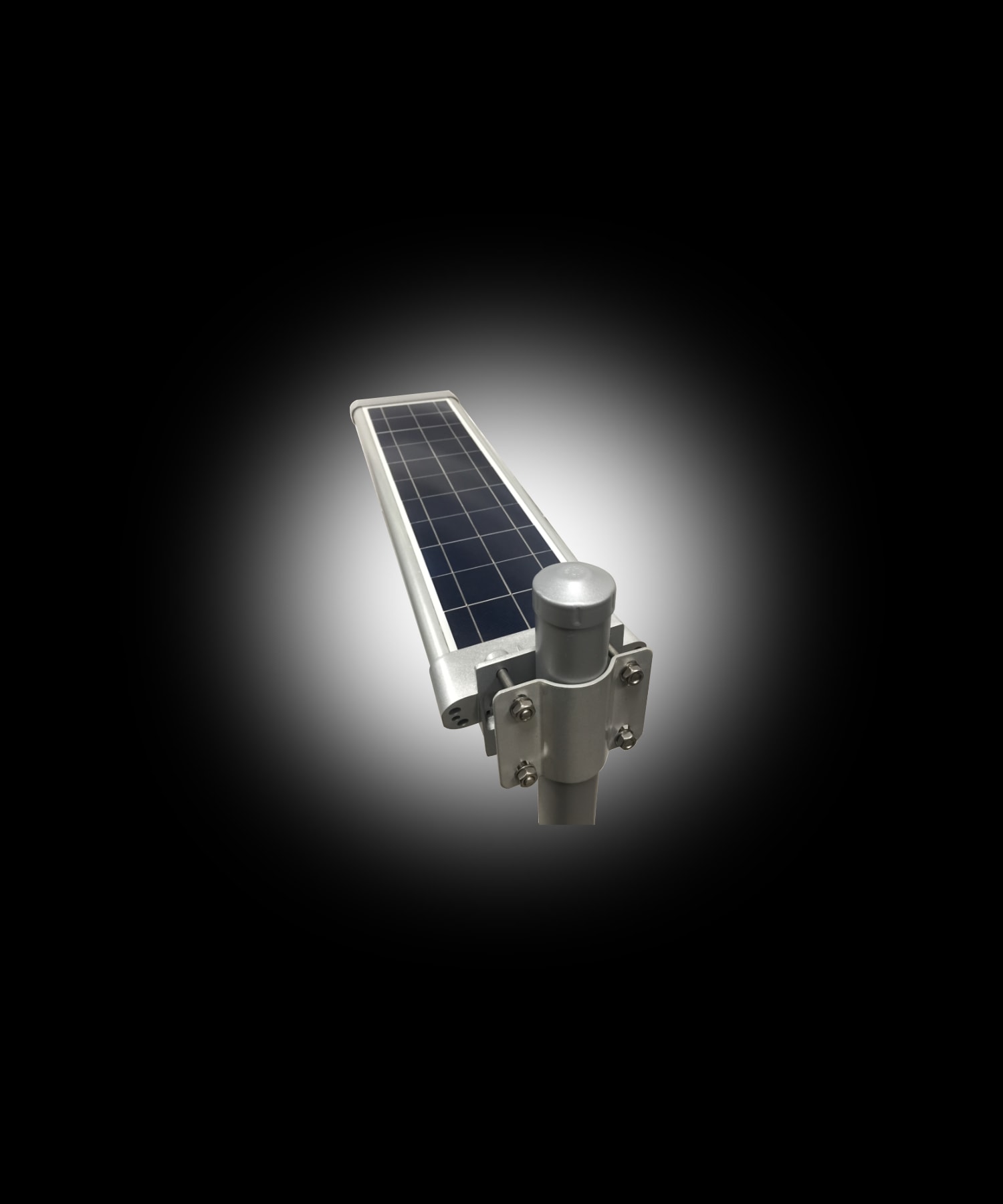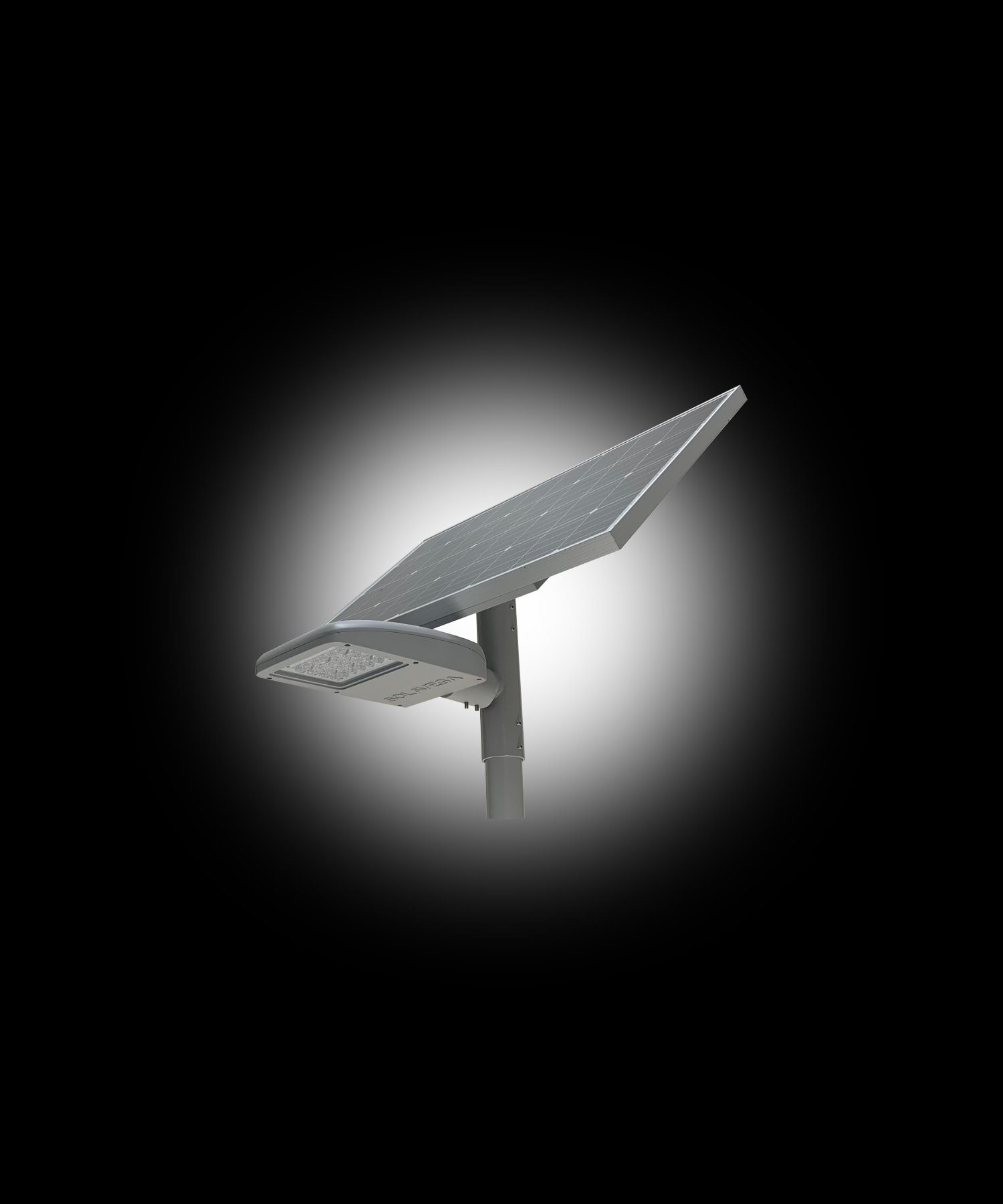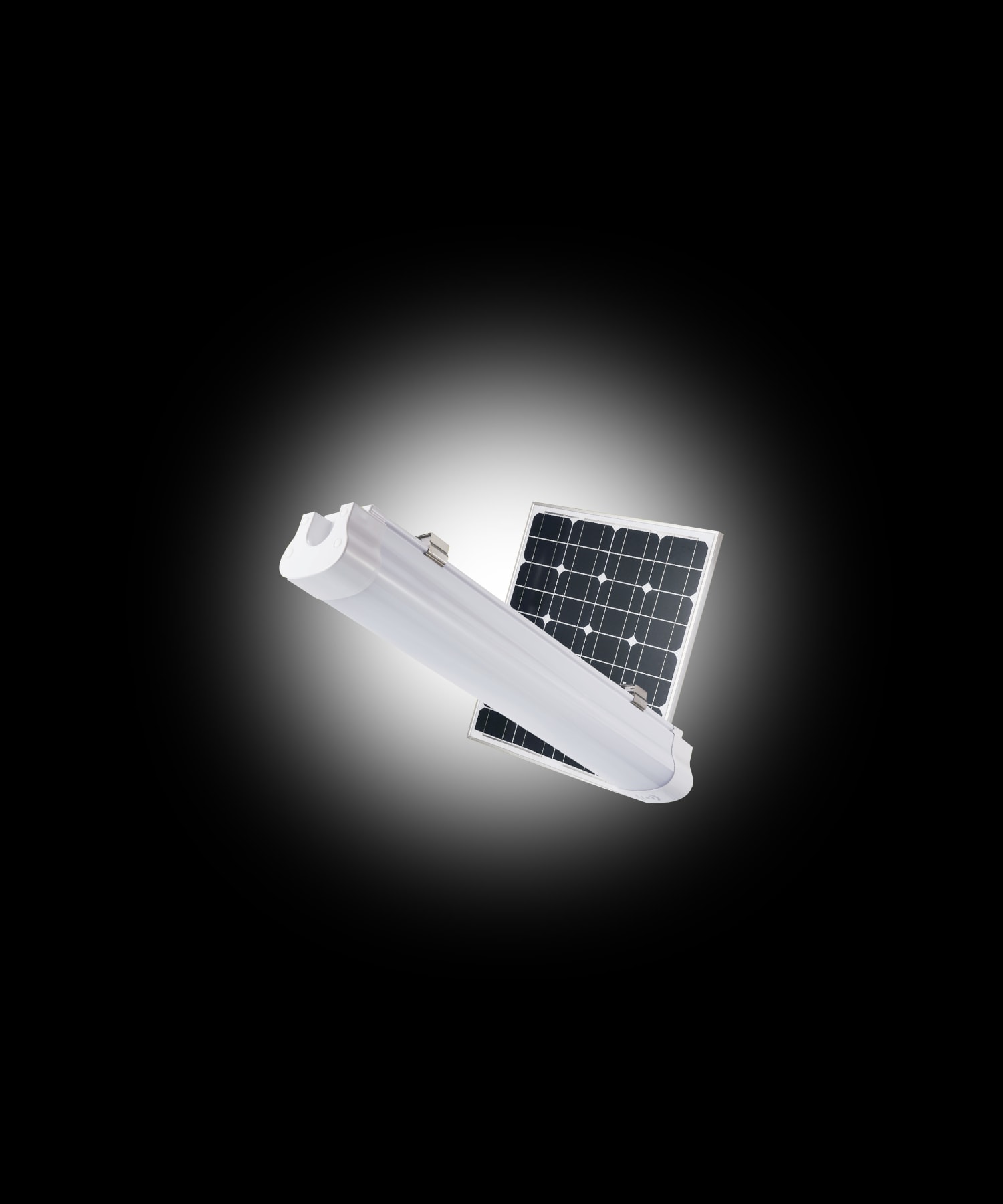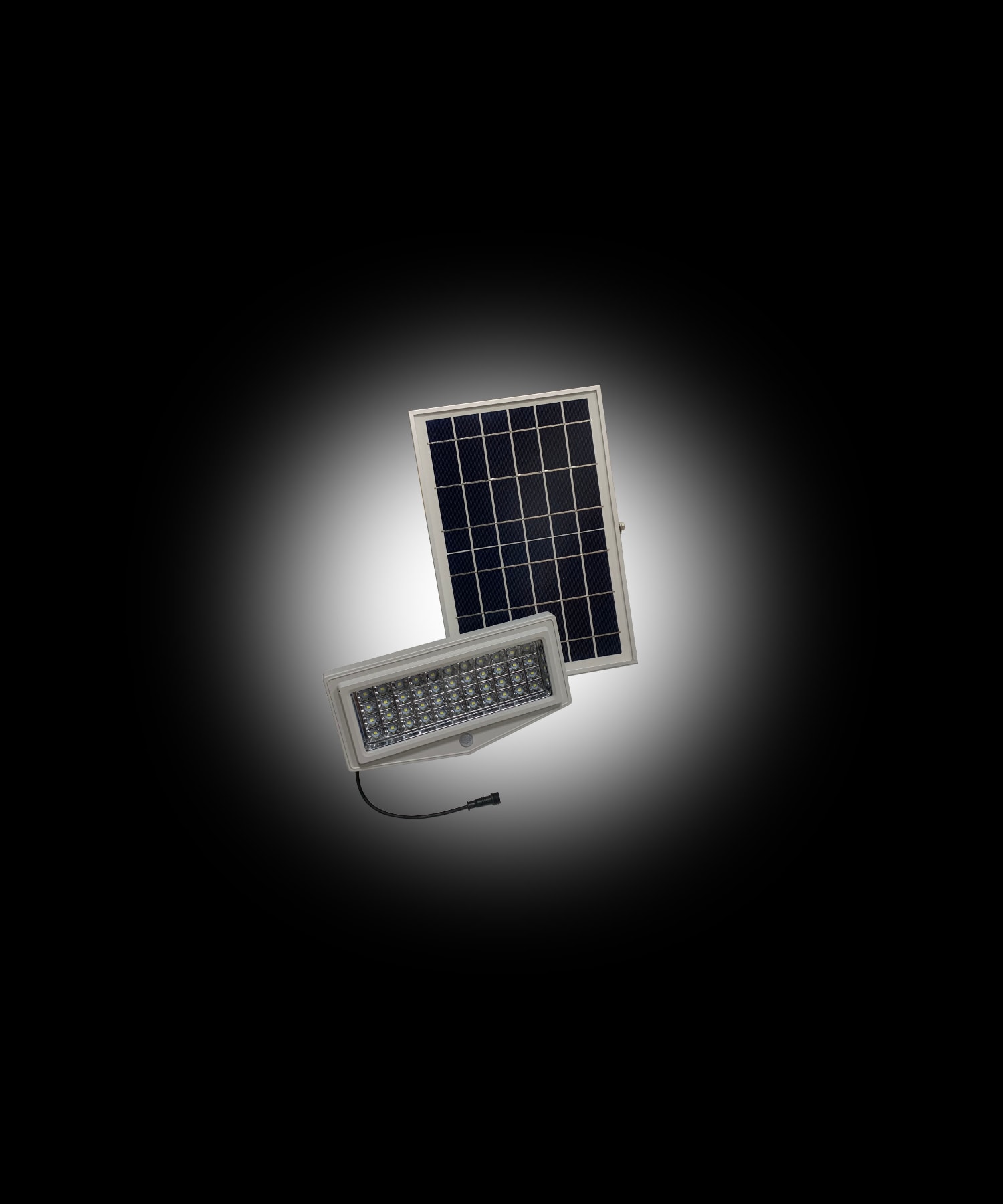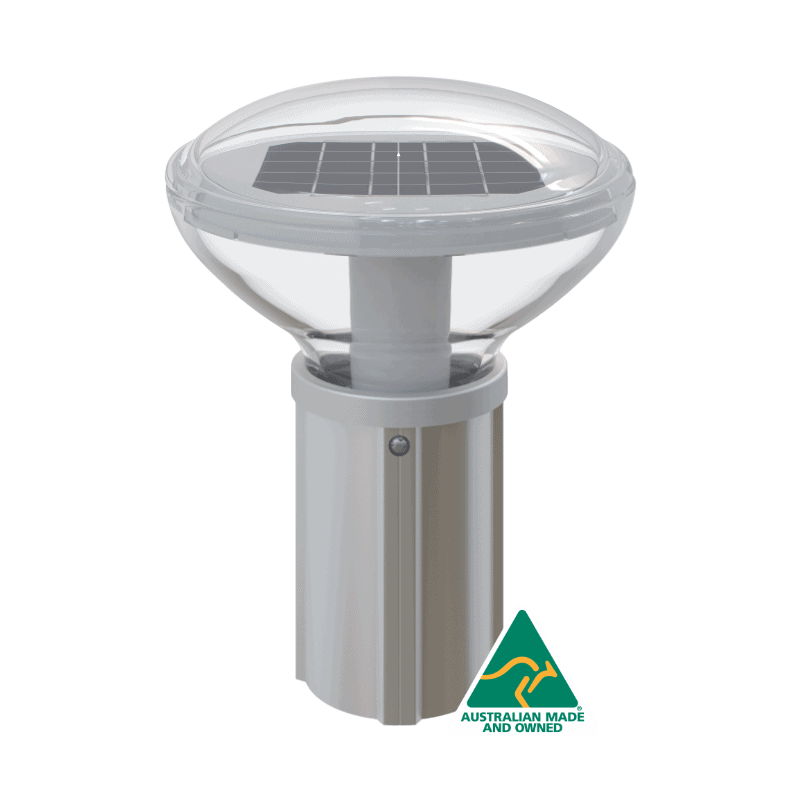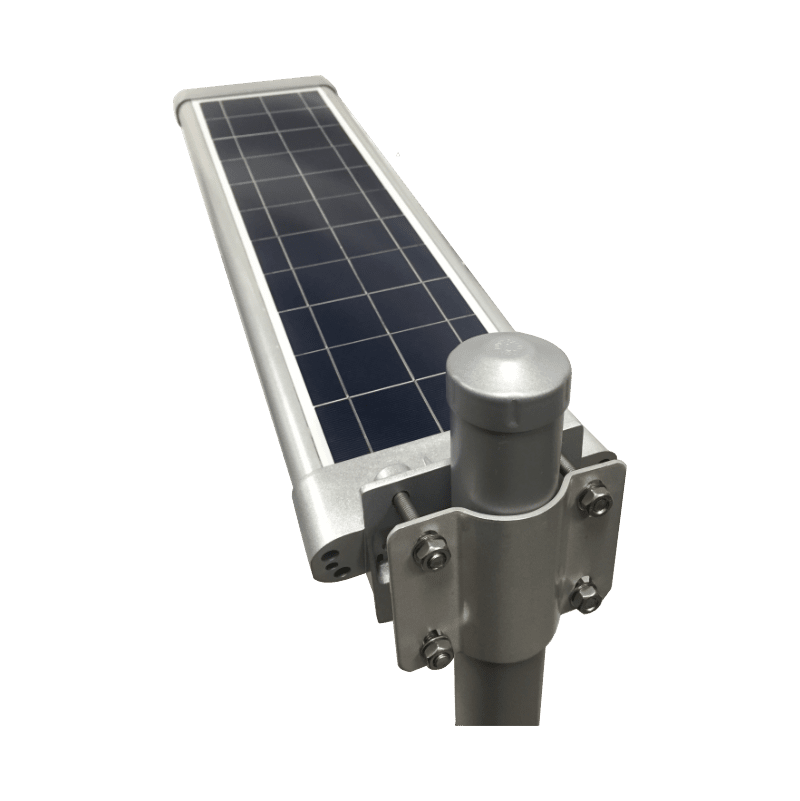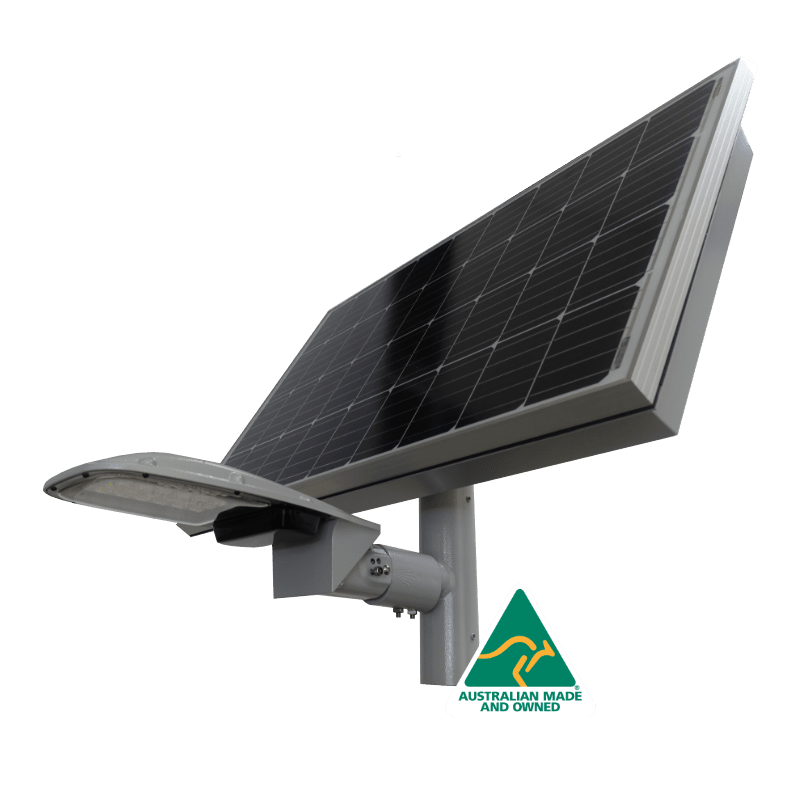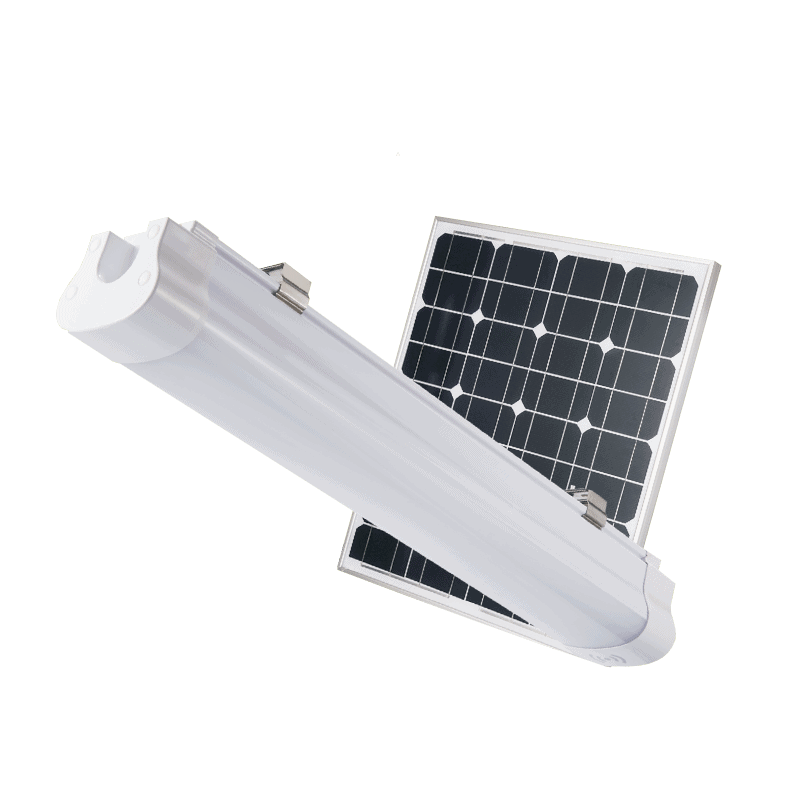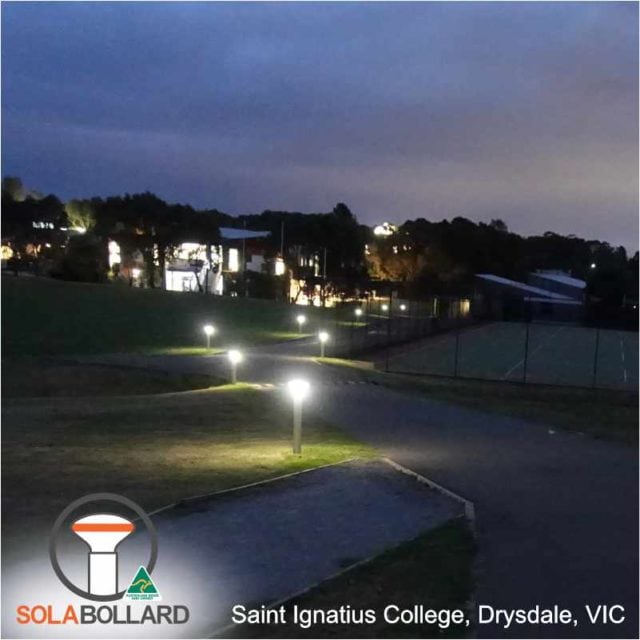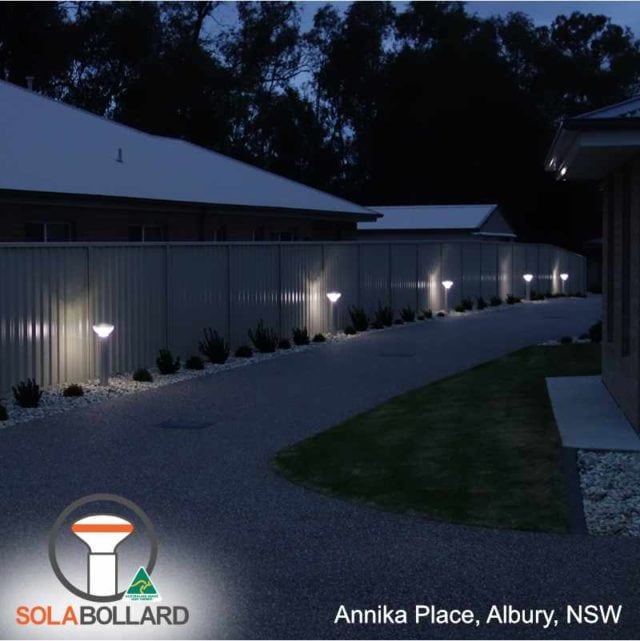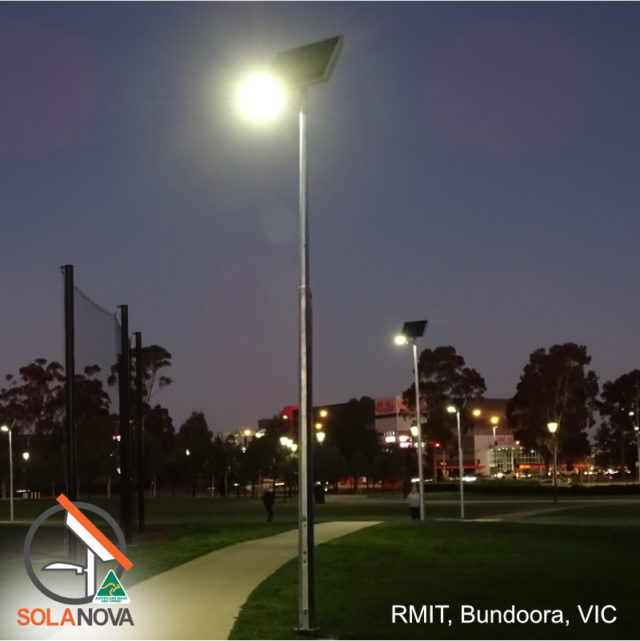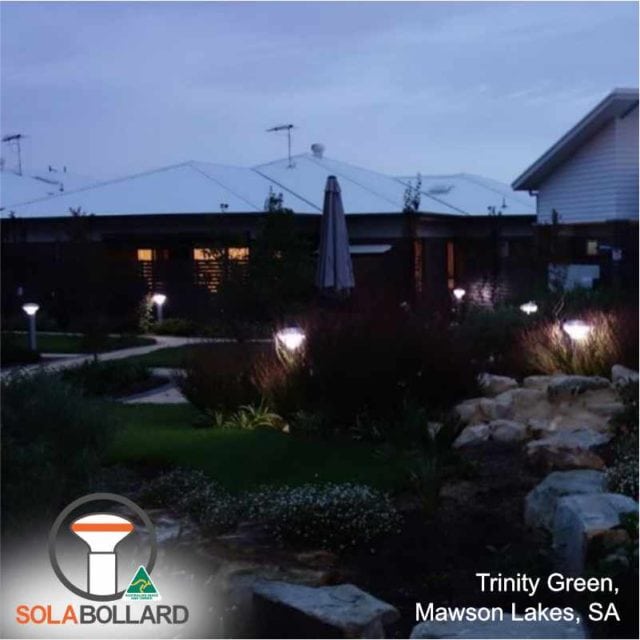Public Gardens, Grounds & Campus Lighting
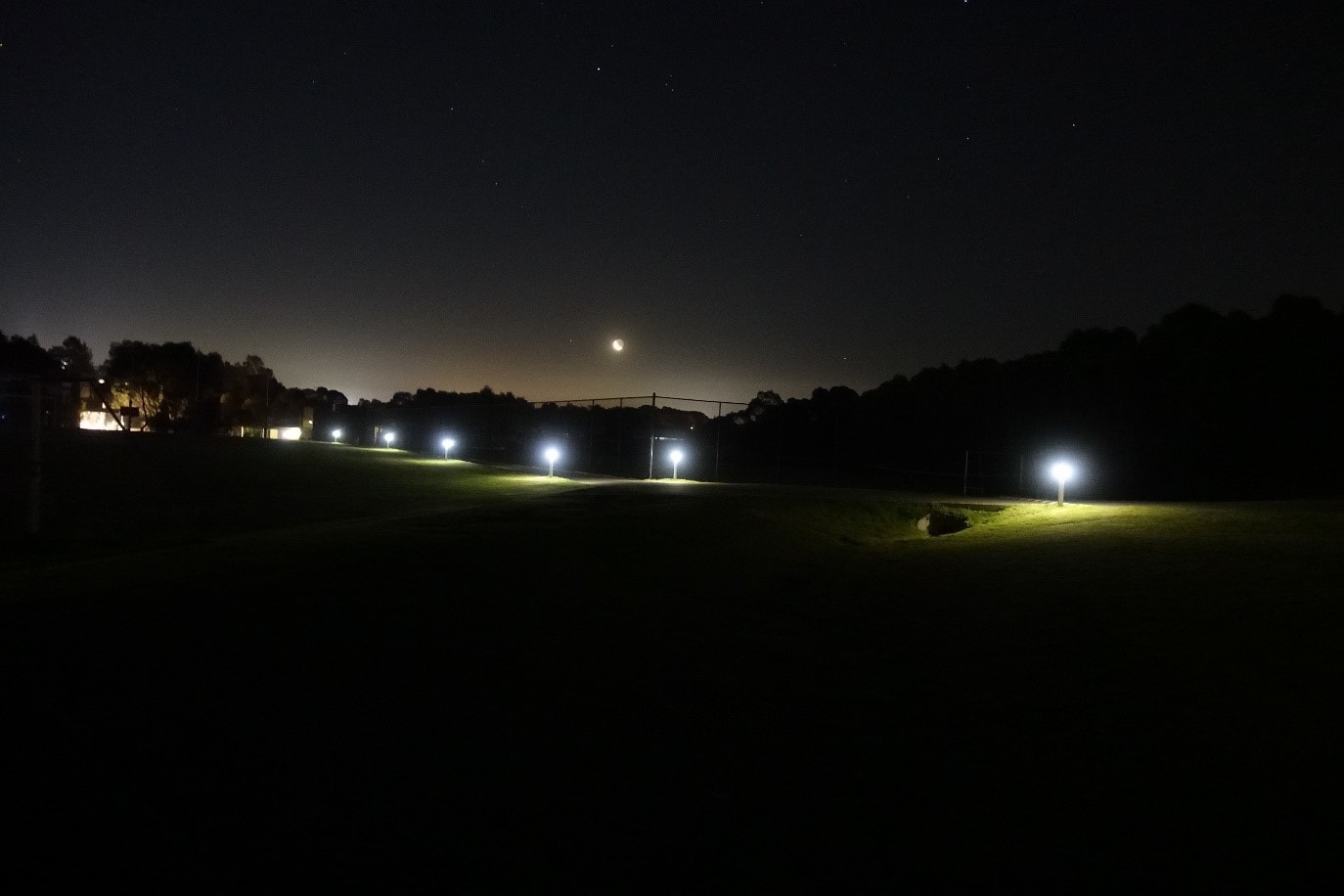
SOLABOLLARD Generation 1 (SBL1) has been on the market for more than 12 years. These bollards have a design life of more than 10+ years as demonstrated in real life, and not just a theoretical claim by the manufacturer! For example, one of our customers bought some of the first bollards to market, purchasing 9x SBL1 for their property in Warragul here in Victoria around 2014. In 2020, they came to us for their first battery change, at a cost of $100 per bollard.
We’d expect there’d be 2 battery changes in the full life cycle of the solar bollard for the SBL1, and 1 battery change in the life cycle for the SBL2. It is the polycarbonate dome (the head) that eventually yellows, thereby blocking the suns rays to the solar cells. The rate of yellowing will depend on where you are in Australia, as we know where the sun is harsh (eg Coober Pedy in SA), the recommended annual maintenance needs to be completed more than once a year (an annual clean is the standard recommendation).
SOLABLADE is a common purchase too with body corporate and shared-living villages, because of its cost, its low level of light, and motion-sensing. The optics of the SOLABLADE spread the light uniformly, and downward, so light doesn’t shine in to the neighbours window! At the installation at the private residence in Reservoir, HIGHLUX installed SOLABLADE as well as SOLABATONs.
SOLABATONs were installed under the eaves of each of the units. SOLABATON sits at a low level of light, and, like the SOLABLADE, brightens when motion is triggered. SOLABATON is used where a pole cannot be installed, or where the shading from the buildings blocks out the sun, rendering bollards unsuitable. In the photo of the Reservoir installation, you can see one of the SOLABATONs under the eave of the unit on the left, with the SOLABLADE marking the long entry driveway to the units.
For larger outdoor grounds, such as school or university campus, SOLANOVA and SOLABLADE provide overhead area lighting that offers facial-recognition level of lighting. At the Bundoora campus of La Trobe University, SOLABLADE was used to light the pedestrian pathways along the internal roads through the campus. The overhead lighting for pedestrians means traffic can also see the pedestrians easily. SOLABLADE offers a cost-effective lighting solution, spaced 12 to 15m apart.
At the RMIT Campus, SOLANOVA were installed to accommodate the heavy shading across the campus, and the amount of light required onto the pathways across and around the campus.
